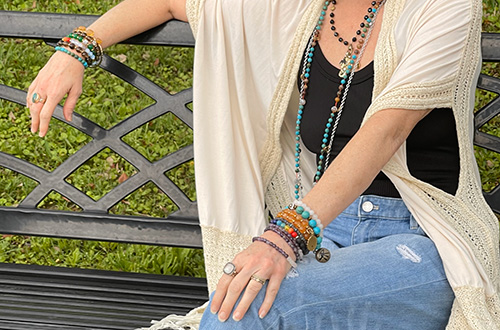When you browse the aisles of your local grocery store, you’re likely thinking about taste, health, and maybe the price of the products you choose. But how often do you consider the safety of the ingredients listed on the labels? Most of us trust that the foods we buy are safe to eat, but there’s a little-known chemical lurking in some popular products that could pose a significant health risk: Potassium Bromate.
What is Potassium Bromate?
Potassium bromate is a chemical additive used primarily in the baking industry to strengthen dough and enhance bread rise. This results in a fluffier, more appealing texture in baked goods. While this might sound harmless or even beneficial, the problem arises when potassium bromate is not fully baked out of the product before it reaches your table.
The Health Risks
Research has linked potassium bromate to various health issues, most notably an increased risk of cancer. According to the International Agency for Research on Cancer (IARC), potassium bromate is classified as a possible human carcinogen. Animal studies have found that this additive can cause tumors in the thyroid and other organs. There is also concern that even small amounts of residual potassium bromate in bread could potentially be harmful over time.
Global Regulations
The alarming potential health risks of potassium bromate have led many countries to ban its use outright. The European Union, Canada, and even China are among those that do not allow potassium bromate in food products. However, in the United States, the additive is still legal, although the FDA has urged bakers to voluntarily stop using it since 1991.
Where is Potassium Bromate Found?
Potassium bromate is most commonly found in cheaper breads and baked goods, where cost pressures lead manufacturers to use this chemical to achieve the desired texture without more expensive processes. It can also be found in some flour brands, pastry dough, and occasionally in pizza dough.
How to Avoid Potassium Bromate
-
Check Labels Carefully: Always read ingredient lists and look for potassium bromate or bromated flour. Avoid products that contain these ingredients.
-
Choose Whole Foods: Opt for whole grains and bake your own bread at home if possible. This way, you control what goes into your food.
-
Look for Certifications: Buy bread and baked goods that are certified organic or non-GMO, as these certifications often indicate the absence of potassium bromate.
-
Stay Informed: Keep an eye on food labels, as formulations can change. Also, follow updates from health organizations regarding banned or discouraged additives.
The Takeaway
While potassium bromate can make bread look better and cost less, its potential health risks are too significant to ignore. By staying informed and reading labels, you can avoid this dangerous ingredient and make healthier choices for you and your family. Remember, the best way to ensure your food is safe is to stay educated about what goes into it and to advocate for better food standards in your community.
Conclusion
Next time you shop, take a moment to scan the ingredient list on your baked goods. Avoiding potassium bromate is a simple step you can take to protect your health. As consumers, our choices can drive change in the industry and lead to safer, healthier food for everyone.



